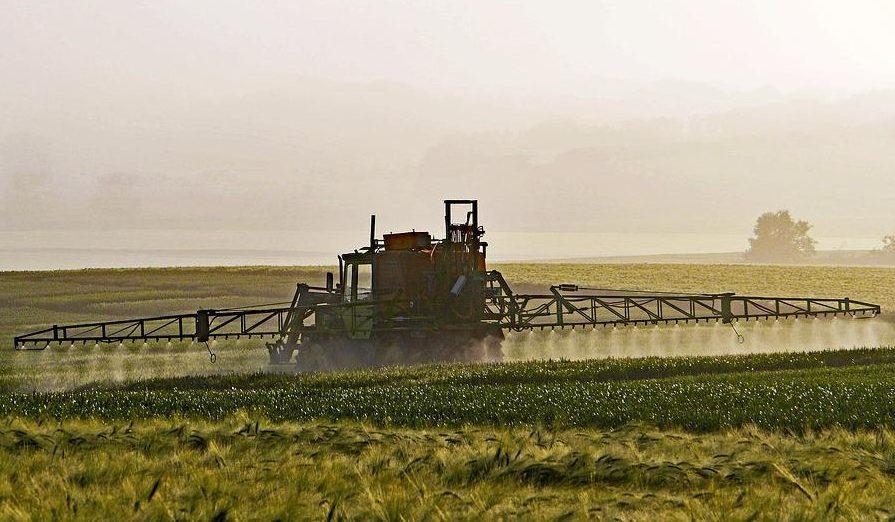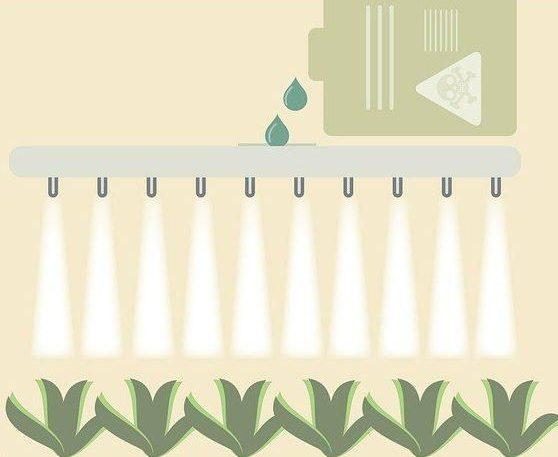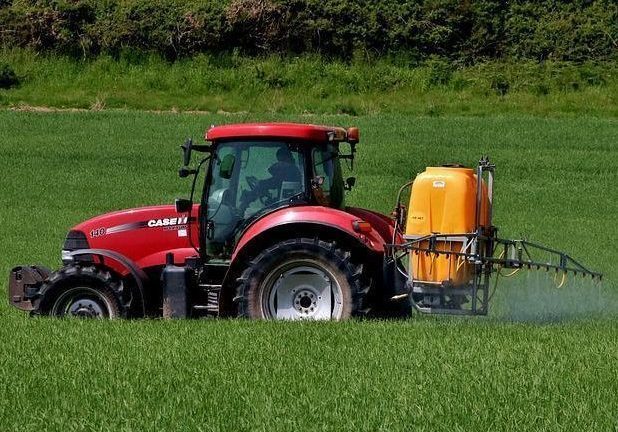Bio-based worden van de primaire sector: Gebruik van biopesticiden in land- en tuinbouw
De nieuwe Europese richtlijn rond sustainable use of pesticides, maakt van het biobased worden van de primaire sector weer een hot topic.
Biogebaseerde pesticiden & stimulantia worden vaak ontwikkeld op basis van biomassa(rest)stromen uit lokale landbouw, visserij of aquacultuur.
Omdat de betrokken actoren nog veel vragen hebben bij de beschikbaarheid, de toepassingsmogelijkheden en het wettelijk kader rond het gebruik / de productie van biopesticiden, zoomt de B2BE Facilitator hier de komende maanden op in.

Een revolutie?
Het gebruik van biopesticiden in land- & tuinbouw dringt zich meer en meer op, zeker gezien de nieuwe Europese richtlijn rond sustainable use of pesticides, maar het gebruik van biostimulerende producten in de landbouw is zeker niet nieuw. Ook vroeger werden er al biostimulerende middelen gemaakt uit gemalen planten of afkooksels hiervan. Moderne (chemische) gewasbeschermingsmiddelen drukten deze kennis naar de achtergrond, maar nu chemicaliën steeds verder uit de landbouw geweerd worden, komt de biogebaseerde middelen opnieuw in de kijker.
Wat wel vernieuwend is, is dat er nu gezocht wordt naar innovatieve biogebaseerde stoffen die afkomstig zijn uit biomassa(rest)stromen uit landbouw, visserij & aquacultuur. Er zit dus niet alleen potentieel in het verhogen van de performantie van biostimulantia en biopesticiden, maar ook om de beschikbare biomassa(rest)stromen beter te gaan valoriseren tot hoogwaardige toepassingen.
Gebruik biopesticiden en biostimulantia
Aangezien België een groot aandeel aardappelen, suikerbieten en uien
teelt t.o.v. granen of eiwitrijke gewassen is de gemiddelde kost aan
gewasbeschermingsmiddelen per hectare hoog. Dit komt omdat deze teelten
intensiever zijn, met een hogere gewasbeschermingskost per hectare. Voor
bedrijven met akkerbouwgewassen is de gemiddelde kost aan
gewasbeschermingsmiddelen €231/ha en voor bedrijven met buitentuinbouw
is dit €1.476/ha. Wat betreft biologische productie zit België onder het
Europees gemiddelde wat betreft oppervlakte (6,8% (d.w.z. 93.000ha)
t.o.v. 8,1% EU) maar over het Europees gemiddelde wat betreft groei van
de biologische retailmarkt (134% t.o.v. 129% EU). Dit toont aan dat
er een sterke marktvraag is voor biologisch voedingsproducten in België
of een market push naar meer gebruik van biopesticiden.
Biostimulantia stimuleren de wortelgroei van gewassen,
hierdoor neemt de weerstand van de plant tegen ziekte en/of droogte toe.
Wat op zijn beurt resulteert in hogere opbrengsten en lagere kosten
voor gewasbestrijding.
Het grote
potentieel voor bio-pesticiden zit niet meteen in biologische landbouw
(klein areaal met beperkte opbrengsten), maar in de gangbare land- en
tuinbouw die de omschakeling maakt naar meer gebruik van bio-pesticiden
al of niet gedwongen door veranderende wetgeving en wegvallen van
gangbare pesticiden.
Wettelijk kader:
Europa's ambitie
Europa ambieert de halvering van pesticidegebruik tegen 2030 en wil biologische bestrijdingsmiddelen sneller op de markt krijgen (bron1, bron2). De Europese Commissie wil tegen eind maart de doelstellingen van de Green Deal en de Farm-to-Fork-strategie in nieuwe regels omzetten. Op die manier worden de richtlijnen voor duurzaam gebruik van gewasbeschermingsmiddelen (SUD) geüpdatet. Biologische bestrijdingsmiddelen sneller op de markt brengen zal helpen om aan de nieuwe richtlijnen te voldoen. Tenslotte is Vlaanderen het Nationaal Actieplan voor de reductie van pesticiden voor 2023-2027 aan het opstellen (bron).
De rol van de B2BE Facilitator?
De B2BE gaat dieper in op de beschikbaarheid van biopesticiden voor de diverse sectoren, hun ingang in deze sectoren en het wettelijk kader eromheen. Daarnaast is er het potentieel om deze biogebaseerde pesticiden te
produceren uit biomassa(rest)stromen afkomstig uit lokale landbouw, visserij en aquacultuur.
In tegenstelling tot de meeste andere thema's die op de agenda van de B2BE facilitator staan, wordt de landbouwer hier ook benaderd als afnemer en niet alleen als producent.

Europa's ambitie
Europa ambieert de halvering van pesticidegebruik tegen 2030 en wil biologische bestrijdingsmiddelen sneller op de markt krijgen (bron1, bron2). De Europese Commissie wil tegen eind maart de doelstellingen van de Green Deal en de Farm-to-Fork-strategie in nieuwe regels omzetten. Op die manier worden de richtlijnen voor duurzaam gebruik van gewasbeschermingsmiddelen (SUD) geüpdatet. Biologische bestrijdingsmiddelen sneller op de markt brengen zal helpen om aan de nieuwe richtlijnen te voldoen. Tenslotte is Vlaanderen het Nationaal Actieplan voor de reductie van pesticiden voor 2023-2027 aan het opstellen (bron).
De rol van de B2BE Facilitator?
De B2BE gaat dieper in op de beschikbaarheid van biopesticiden voor
de diverse sectoren, hun ingang in deze sectoren en het wettelijk kader
eromheen. Daarnaast is er het potentieel om deze biogebaseerde
pesticiden te
produceren uit biomassa(rest)stromen afkomstig uit
lokale landbouw, visserij en aquacultuur. In tegenstelling tot de meeste
andere thema's die op de agenda van de B2BE facilitator staan, wordt de
landbouwer hier ook benaderd als afnemer en niet alleen als producent.

Contact us!
Are you looking for new outlets for your biomass or residual streams?
Are you looking for non-fossil raw materials for the development of bio-based products?
Then contact the B2BE facilitator right away. We are the matchmaker that brings parties together to accelerate the Flemish bio-economy.
